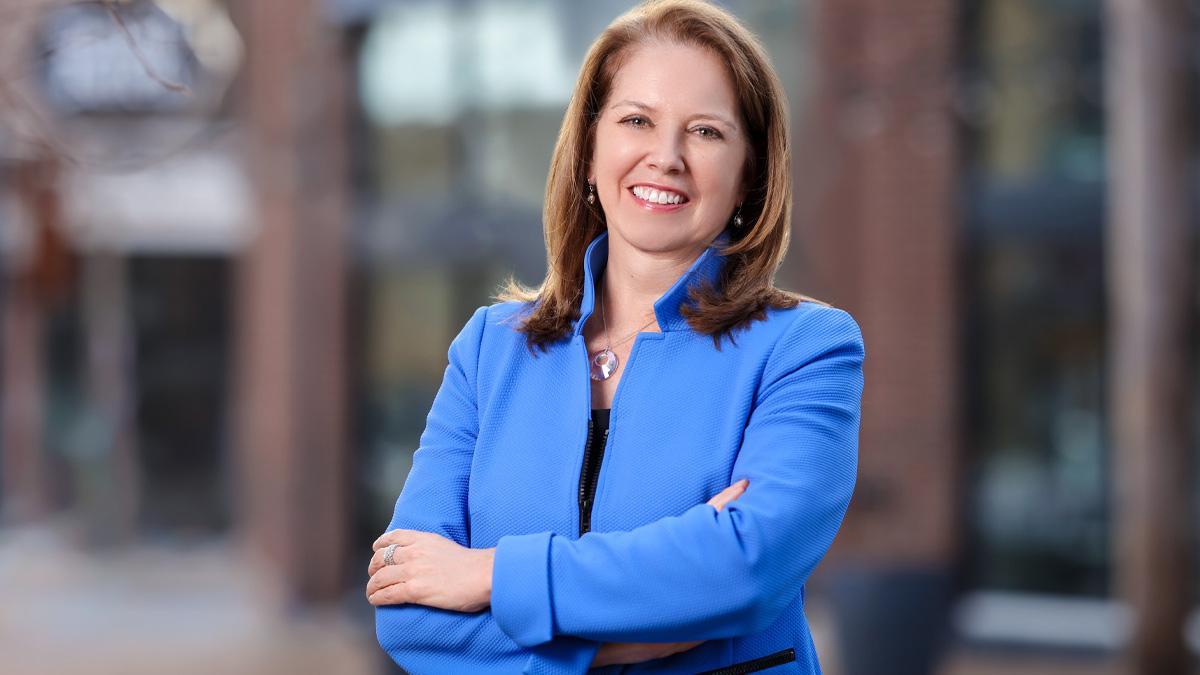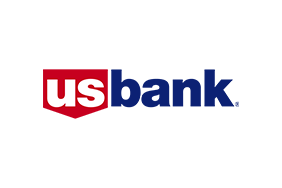Helping Nonprofits Make a Positive Impact in Their Communities
Healthcare banking leader Katie Miller talks about the importance of service in a time of change
Published 12-22-23
Submitted by U.S. Bank

Originally published on U.S. Bank company blog
When Katie Miller was in high school, she tutored teens in the juvenile detention system who were working toward their GED.
“It was eye-opening to see kids who were not as lucky as me – and in trouble,” Miller said. “The students’ commitment to improving their lives made a lasting impression on me. I saw the resilience of the human spirit – and the difference one person can make in the life of another.”
It’s no wonder, Miller said, that her role as division manager of Healthcare, Higher Education and Nonprofits draws on that experience and focuses on service organizations.
“Nonprofit businesses are a special sector to serve,” she said. “They have a mission to make our world a better place. That mission really resonates with me.”
Where experience and meaning come together
Miller has been working in the healthcare industry and the public sector for more than 20 years.
“If you want to feel like you make a difference, there isn’t another industry like it,” she said.
Miller said the nonprofit healthcare mandate is to take care of the communities it serves, and she sees the impact every time she visits a client.
“I see it when I go to the public health department and see young mothers with their children, waiting for vaccinations and checkups; when I go to the hospital and see the elderly and lonely getting care from an empathetic nurse or aide; and when I serve a nonprofit and see families receiving help for mental, physical or emotional illnesses,” she said.
“When we are sick, we are vulnerable. We need the nonprofit mindset of care to continue to make our cities, our states, and our country a safe, healthy place to live,” Miller said. “I’m proud to deliver business solutions that help these organizations stay focused on what really matters.”
An industry facing unique challenges
“Most healthcare systems are dealing with staffing challenges right now,” Miller said. “They’re working with insurance companies to negotiate prices. There are higher costs at every level of the hospital. Everybody is struggling to do more with less.”
This is driving innovation in the industry, she said.
“One facility has implemented virtual chat,” Miller said. “Hospitalized patients can simply push a button to visit with a nurse virtually. This not only speeds care but helps relieve providers with high patient-to-nurse ratios.”
Many institutions are figuring out efficiencies that still keep the patient experience at the forefront, she said.
“That extends to every touchpoint in the hospital,” Miller said. “When we’re working with clients, reviewing the revenue cycle, we’re looking at all the ways we can help make day-to-day interactions more efficient, just like those virtual visits.”
MedEpayTM from U.S. Bank is a great example of this, she said.
“It’s an integrated payments platform with point-to-point encryption,” Miller said. “Say a patient arrives for treatment and parks in a garage, pays a recurring hospital bill on a mobile device while waiting to be seen and presents a card to cover a co-pay. MedEpay can link all of that information together and deliver it to the client in one payment file.”
Lockbox services can be improved as well, she said.
“We can take the payment information – all the explanation-of-benefits summaries, all the invoices – and render it as a single, reconciled data file, lowering processing costs and speeding collections,” Miller said. “Everything is there. All the paperwork is processed for the health system. It’s all automated.”
Such solutions are why Miller has been in the industry for 26 years, she said.
“Our experience, our solutions, our deep understanding of our clients – I know we’re helping to make a difference for patients and providers,” Miller said. “Our clients want to improve the places we live. This shared purpose, this common mission, really gives you a sense that you’re making a positive impact in the community.”
U.S. Bank has served healthcare organizations for more than 100 years, delivering innovative solutions to help clients of all types and sizes meet their financing, operational and investment goals so they can focus on their core mission. In addition to its support of mid-sized and large healthcare organizations, the bank recently launched a new healthcare program – including a specialized, comprehensive offering that brings banking, payments, and wealth-management capabilities to healthcare practices with up to $25 million in annual revenue.

U.S. Bank
U.S. Bank
About U.S. Bank
U.S. Bancorp, with approximately 70,000 employees and $601 billion in assets as of September 30, 2022, is the parent company of U.S. Bank National Association. The Minneapolis-based company serves millions of customers locally, nationally and globally through a diversified mix of businesses: Consumer and Business Banking; Payment Services; Corporate & Commercial Banking; and Wealth Management and Investment Services. The company has been recognized for its approach to digital innovation, social responsibility, and customer service, including being named one of the 2022 World’s Most Ethical Companies and Fortune’s most admired superregional bank. Learn more at usbank.com/about.
More from U.S. Bank

